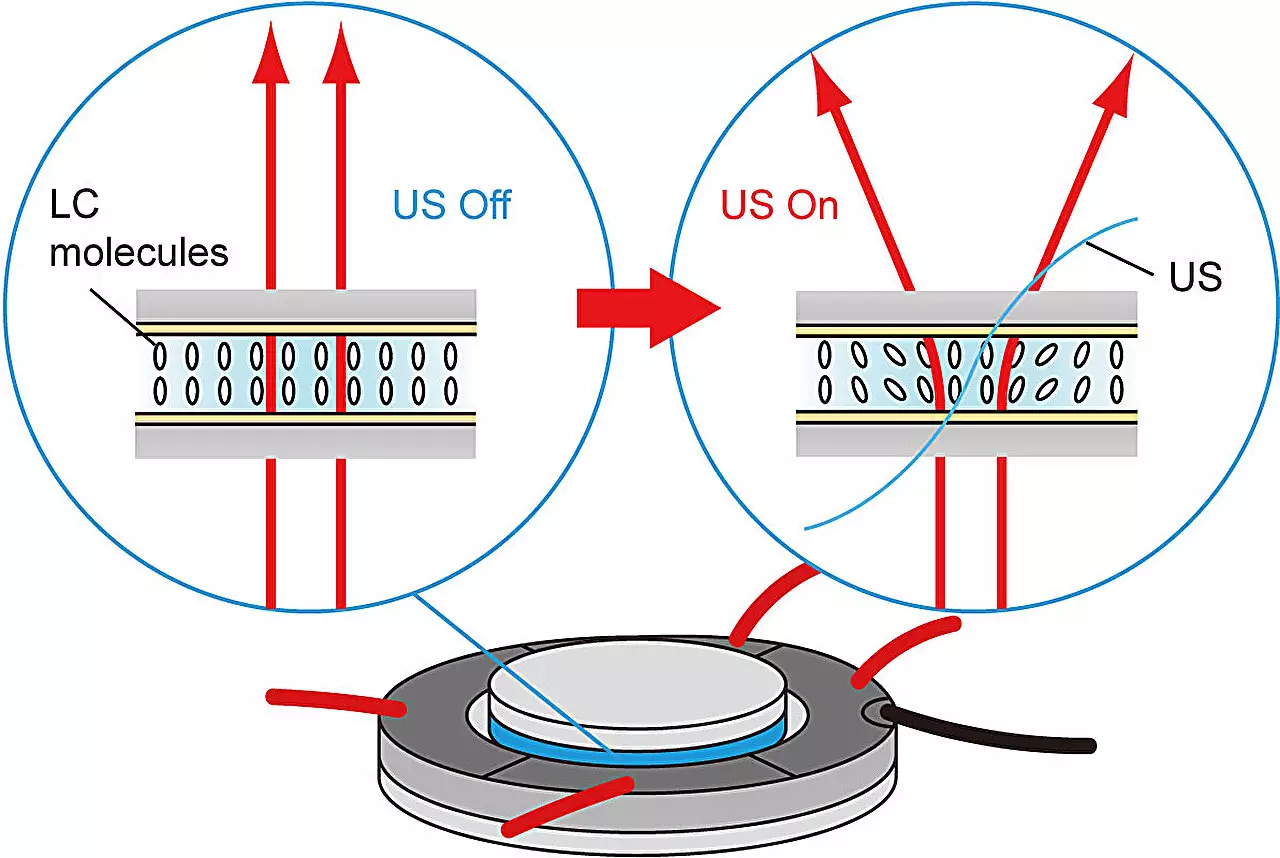Light has always been a crucial element in human life, dating back to the discovery of fire. Throughout history, humans have developed various artificial light sources to illuminate their surroundings and enhance their lives. From incandescent lamps to LEDs, the evolution of artificial lighting has been driven by the need for efficiency, aesthetics, and functionality. Modern artificial light sources are designed with the psychological elements in mind to create the best possible lighting experience for individuals.
The distribution and intensity of artificial lights indoors play a significant role in our ability to study, work effectively, and maintain our physical and mental health. Factors such as diffusion directivity, the direction of transmitted light distribution, and diffusion angle are crucial in determining the quality of indoor lighting. Conventional light diffusers have been used to spread light over a larger area, but they come with limitations. Once fabricated, the optical properties of these diffusers cannot be changed, making it challenging to control diffusion directivity after installation.
In a groundbreaking study conducted by Professor Daisuke Koyama and his team at Doshisha University, a new tunable ultrasonic liquid crystal (LC) light diffuser was developed. This innovative diffuser is based on the generation of non-coaxial resonant flexural vibration, which controls the molecular orientation and refractive-index distribution of the LC layer. Unlike traditional diffusers, this ultrasonic LC light diffuser offers control over diffusion angle and direction without the need for mechanical moving parts.
The ultrasonic LC diffuser consists of a nematic LC layer sandwiched between two glass disks and an ultrasonic piezoelectric transducer. By applying a continuous reverse-phased sinusoidal signal to the transducer, ultrasonic vibrations are produced on the glass disks. These vibrations generate non-coaxial resonant flexural or bending vibration modes on the LC layer, resulting in changes in the molecular orientation of the LC layers and altering the transmitted light distribution. By changing the electrodes to which the input voltage is applied, the diffusion directivity can be easily rotated, allowing for customizable lighting solutions.
The researchers found that the diffusion angle of the ultrasonic LC light diffuser depends on the input voltage amplitude, with optimal performance achieved at 16 V. Beyond this voltage, the diffused light may become unstable, indicating the importance of controlling the voltage to maintain light quality. Additionally, the transmitted light distribution is influenced by the polarization of incident light, highlighting the versatility of the diffuser in various lighting scenarios. The tunable nature of this innovative diffuser opens up new possibilities for creating dynamic and adaptable lighting systems for both residential and commercial applications.
The development of the ultrasonic liquid crystal light diffuser represents a significant advancement in the field of artificial lighting. By offering control over diffusion directivity without the need for mechanical parts, this innovative technology provides a solution to the limitations of traditional light diffusers. As we continue to explore new possibilities in lighting design and technology, the ultrasonic LC light diffuser stands out as a pioneering solution that has the potential to revolutionize the way we illuminate our spaces.



Leave a Reply